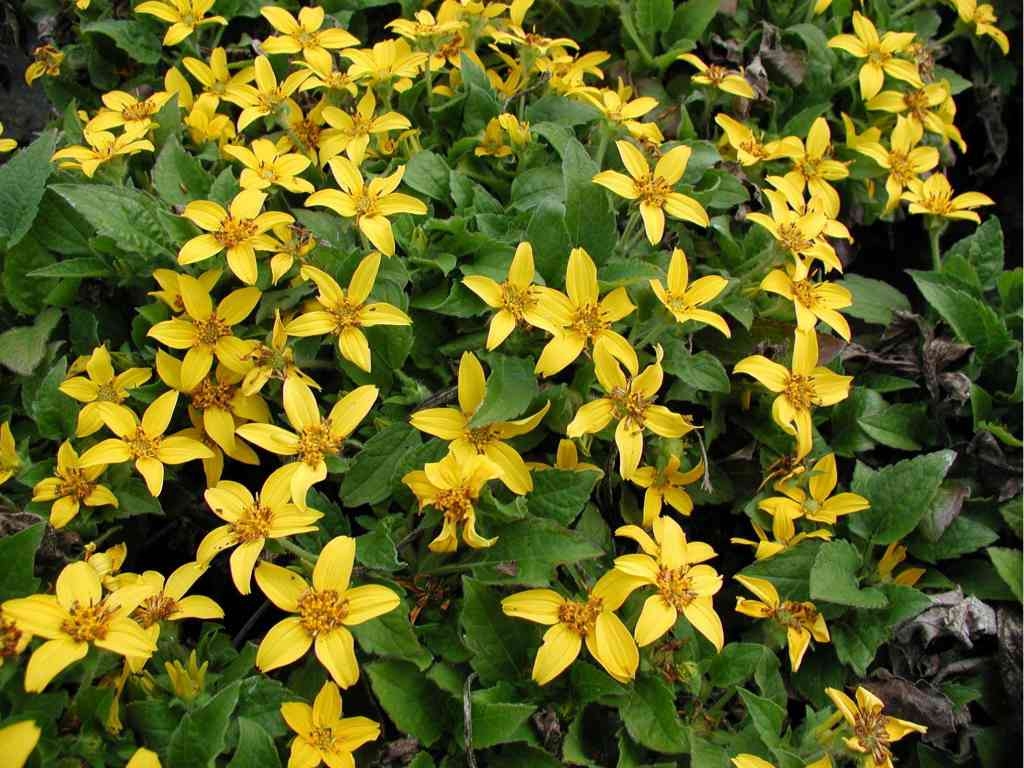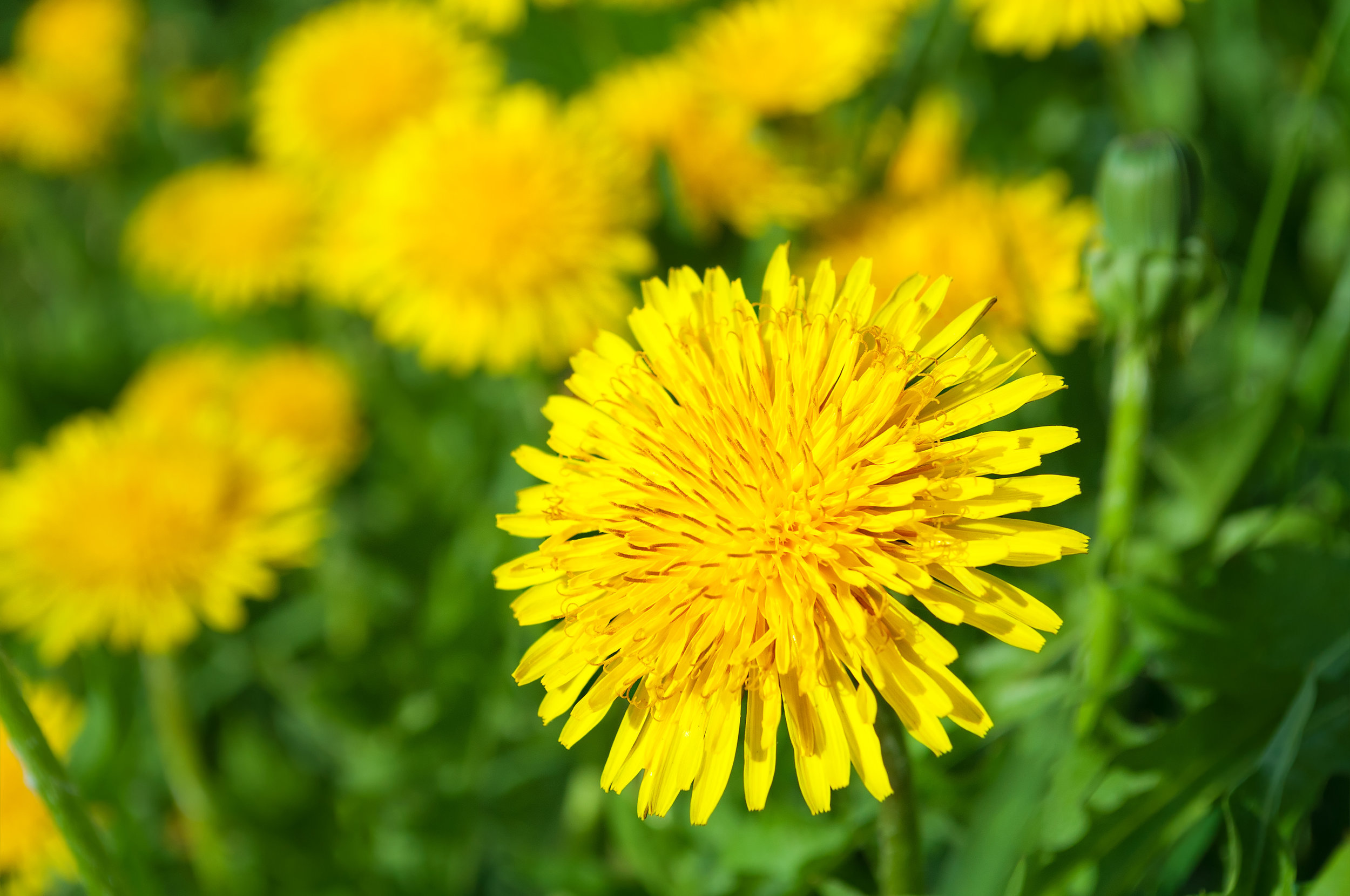A Carpet of Green and Gold

BY BARRY GLICK
Just so happens that the subject line for this here little story shares the same moniker as the “common name” for the plant I’m about to introduce you to, Chrysogonum virginianum aka “Green And Gold.” “Green And Gold” is just one of several “common names” for this excellent, native, outstanding Greenbrier County resident in the Aster family. Another, not heard nearly as often, would be “Golden Knee,” which just happens to be a direct translation of the botanical name of the Genus Chrysogonum. That word derives from the Greek name for “gold” (chrysos) and “knee” (gonom), referring to the bent stem. Well… that’s enough, perhaps too much, botanical nomenclature for you, so let’s talk about the plant. That’s really what you’re here for, isn’t it?
The plant, oh the plant! What a wonderful plant it is! How it brightens up the darkest and most foreboding areas of the garden with its light green, ground hugging foliage and the bright, golden, long lasting flowers that it bestows upon us for such long, albeit intermittent flowering periods, May through October.
Chrysogonum is native to woodland areas from New York to Florida and west to the Mississippi but will grow well in just about any state in the union or province in Canada. I’ve spoken to people way up in northern New England (USDA zone 4) and they report that it has done very well for them.
But how easy is it to grow? Very easy, if you have the “right conditions,” and most of us do. By “right conditions,” I mean average-to-moist soil and light to full shade. It can even thrive in full sun with adequate soil moisture. Chrysogonum seems to grow best without any pampering, and don’t we all love plants like that?
Chrysogonum spreads by runners at a nice pace but would never be considered a nuisance or even slightly aggressive. The new plants root in quickly and it’s always a nice gesture to pull up a few for fellow admirers touring your garden. The plant is very perennial and is even easy to grow from seed.
What a useful plant for several applications in the garden. I’ve planted it along the edges of paths in shady areas. I’ve seen folks use it over rocks in a shady rock garden and on berms, road banks and hillsides. Several garden designers I know have even begun specifying it for rain gardens. And if all these attributes weren’t enough, the deer have never bothered with it.
So there you have it, another native woodlander that’s been somewhat unknown and much underused.
Till our next woodland excursion,
Peace Out,
Glickster




